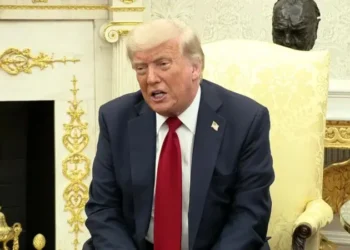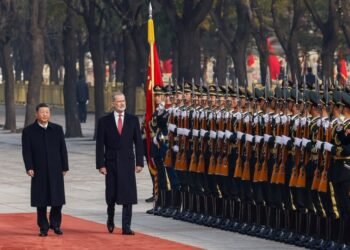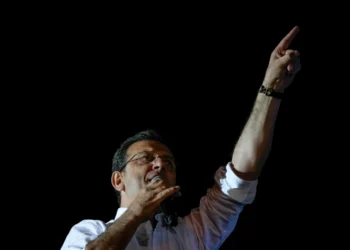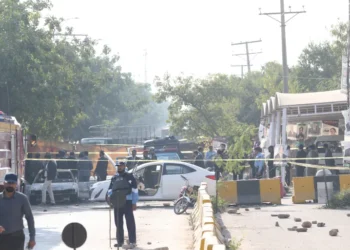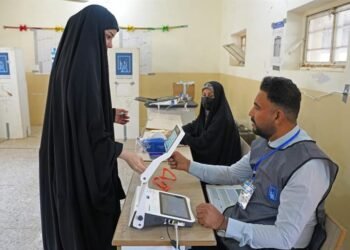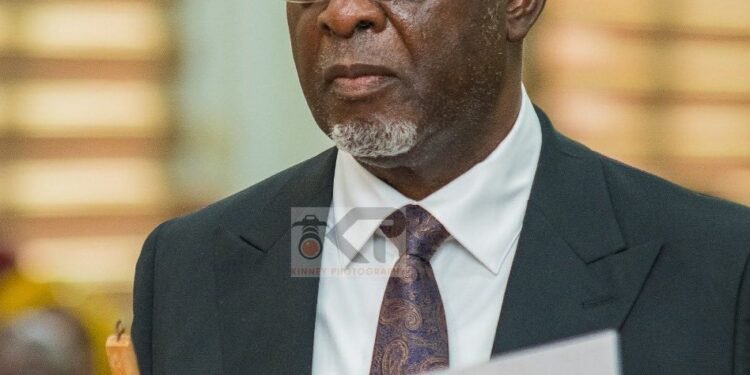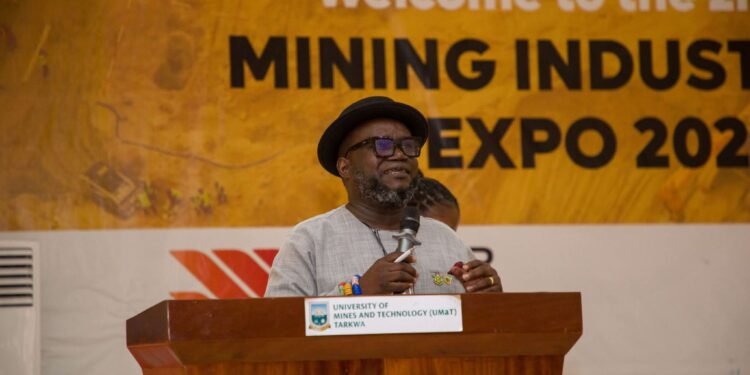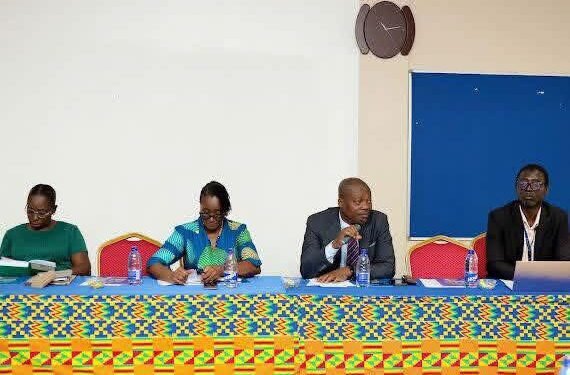In a decision that could either thaw the frozen landscape of the Israel-Hamas conflict or leave it in an even deeper freeze, the US has proposed a UN Security Council resolution calling for a temporary ceasefire.
The draft text marks the first time the U.S has explicitly backed a ceasefire in the Israel-Hamas conflict.
The proposed UN Security Council resolution, calling for a temporary ceasefire in the Israel-Hamas conflict, is not just a drop in the ocean of global affairs but a seismic shift in the traditional stance of the U.S. on the matter.
Since October 7, 2023, Washington has sought to shield its ally Israel from UN action and has twice vetoed Security Council resolutions.
It has also abstained twice, allowing the council to adopt resolutions that aimed to boost humanitarian aid deliveries to Gaza and called for urgent and extended humanitarian pauses in fighting.
However, with the draft resolution explicitly backing a ceasefire, it seems the U.S. is stepping onto uncharted terrain.
A signal that Washington is willing to go through the UN to put pressure on Israel and not rely solely on bilateral messages.
The text is being offered by the Biden administration as an alternative to an Algerian draft resolution calling for an immediate humanitarian ceasefire that is due to be debated on Tuesday.
The draft said that the Security Council should underscore “its support for a temporary ceasefire in Gaza as soon as practical, based on the formula of all hostages being released” while also “lifting all barriers to the provision of humanitarian assistance at scale” in Gaza.
The US draft also warned Israel not to launch a ground offensive in Rafah.
It said that under current circumstances, a major ground offensive into Rafah would result in further harm to civilians and their further displacement including potentially into neighbouring countries, which would have serious implications for regional peace and security.
“The Security Council should underscore that such a major ground offensive should not proceed, under the current circumstances,” the draft read.
Nonetheless, the US draft condemns Hamas for its 7 October attack, specifically the “taking and killing of hostages, murder and sexual violence including rape.”
The US mission had previously complained that earlier security council resolutions had omitted explicit blame of Hamas.
The US text also calls for protection of civilians and for the provision of humanitarian aid, but does not specifically mention the role and responsibilities of the Israeli government or armed forces.
It is not immediately clear when or if the US draft resolution would be put to a vote.
Israel’s Response Crucial
The devil, as they say, is in the details, and the draft text is no exception.
How Israel responds to this unusual call from its long-standing ally is very crucial.
It could doubtedly be seen it as a step towards conflict resolution or a strategic misstep with consequences that ripple through the turbulent waters of the Middle East.
Richard Gowan, the UN director for the International Crisis Group, said on social media, “I suspect that Israel will worry a lot more about this draft resolution from the [US mission to the UN] than louder or stronger demands from other UN members.”
As the dust settles on this unexpected proposal, only time will tell if it’s a fleeting flirtation with diplomacy or a genuine effort to break the ice.
The ball is now in the court of the international community, and the idiom “the proof of the pudding is in the eating” has never been more relevant.
Will this move lead to a meaningful dialogue, or will it be just another diplomatic dance in the frosty corridors of power?
The U.S. is making a bet that could reshape the narrative of the enduring Israel-Hamas conflict.
The chips are on the table, and only time will reveal whether this diplomatic gamble pays off or leaves the players scrambling to reassess their next move.
READ ALSO: Japan Pledges To Aid Ukraine’s Reconstruction Efforts




